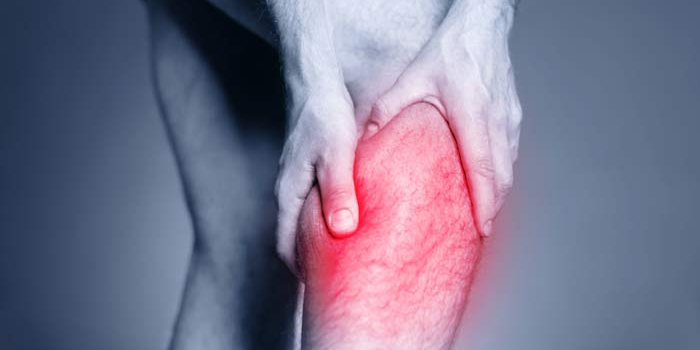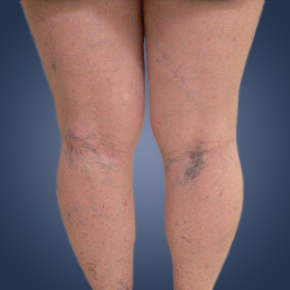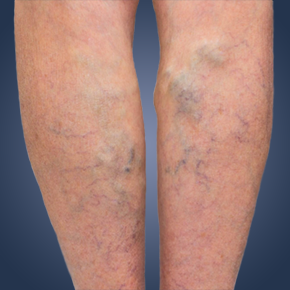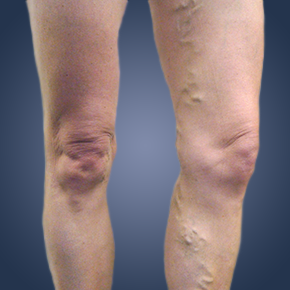
What Are Varicose Veins?
Varicose veins, which occur most frequently in the legs and feet, are a result of veins becoming enlarged with blood. Common symptoms of this condition may include:
- Pain
- Soreness
- Achiness
- Swelling
- Heaviness
These symptoms typically manifest around the affected veins. In extreme cases, swelling, discoloration, excessive bleeding, or venous leg ulcers can occur.
Although bulging, protruding veins is a common and often tell-tale sign, varicose veins don't always do this, so it is critical to know what the other symptoms are and how to recognize them. Leaving varicose veins undiagnosed and untreated is highly discouraged; they are not simply a cosmetic issue, but are serious and potential underlying problems that can progressively worsen if not taken care of.
25% of all adults worldwide suffer from varicose veins, with the condition being most common in women. If you recognize the symptoms above and believe you might have varicose veins, schedule a vein screening today.
Find a Free Vein Screening Near You:
Examples of Varicose Veins:
What Causes Varicose Veins?
Veins are designed to carry blood in one direction, and valves are in place to ensure there is no backward flow. However, these valves can weaken and become less effective, allowing blood to leak and flow in the wrong direction. This allows blood to accumulate or "pool" in your veins, which causes swelling, enlargement, and pain.
Although varicose veins can potentially affect anyone, there are certain risk factors to look out for:
- Obesity
- Menopause
- Being over the age of 50
- Prolonged standing
- Family history
If you fit into one or more of these categories and are experiencing symptoms of varicose veins, It may be time to schedule a vein screening.



